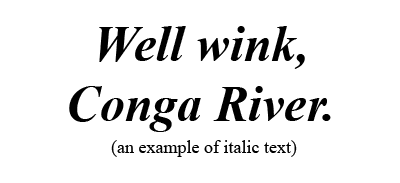 IntroductionFoie gras
IntroductionFoie gras is the fattened liver of a duck or goose. In the production of foie gras, the animals are fed through a feeding tube which many people view as being inhumane. However, many studies have shown that the process not only causes no damage to the animals, but they don't feel any discomfort as they lack a gag reflex and have much tougher esophogi than humans.
Ancient HistoryIt turns out that people have been eating this stuff since at least 2500 B.C. Can you believe it? There are bas relief depictions of Egyptian slaves overfeeding geese so that their livers can be harvested and eaten. Interestingly, in 2450 B.C., an Egyptican provincial governor (known as
nomarchs) named Laomoodreej proposed a ban on the production and sale of the delicacy. Fortunately for lovers of the food, the pharaoh had the unpopular nomarch executed.
As the Romans took over the planet, they too became fond of foie gras, stuffing their geese with figs -- the word "ficatum" which means "figs" eventually became the root for the word "foie" which means "liver." The Romans, with their love of food and orgies never had an issue with anyone attempting to ban anything.
After the fall of the Roman empire, foie gras seems to have vanished from European cuisine. Fortunately for us, Jews, being unable to use lard due to dietary restrictions, revived the tradition of shoving food down the throats of geese and ducks in order to use the fatty liver for cooking. Their love of the food soon faded, but not before others picked up on it again. In 1570, a scant 92 years after Ferdinand and Isabella began trying, torturing and executing Jews in the name of the Catholic Church, the Pope's chef published a cookbook in which he wrote that the Jews were able to produce duck and goose livers weighing over three pounds. There is no proven connection between the Spanish Inquisition and the Jewish propensity towards force-fed waterfowl, but experts have recently uncovered some evidence that says there may be something to that theory.
Current Production and ControversyCurrently, it is the French who produce most of the world's foie gras with 80% of the world's production coming from that country. 30,000 people are involved in that industry in the country. Fearful of European attempts to ban foie gras, French legislators passed a law declaring foie gras to be an important part of France's history and culture, granting it the same protections given to the Eiffel Tower.
In an ironic move, the Supreme Court of Israel has banned production of foie gras in the entire country. The people who once excelled at the creation of the tasty dish have decided to put down their food pellets and hang up their feeding tubes.
Following in Israel's footsteps, the Illinois Senate has passed a law banning production in the state. It was a pretty bold move considering that there has never been a foie gras farm anywhere near Illinois. More forceful, perhaps, is the recent ban on the serving of foie gras at restaurants in the city of Chicago -- a city known as "the hog butcher to the world."
- "Joe Banks, 82 years young, has come to this pond every day for the past 17 years to feed the ducks. But last month Joe made a discovery: the ducks were gone." -- Bart Simpson
- “If you feel the urge, don't be afraid to go on a wild goose chase. What do you think wild geese are for anyway?” -- Will Rogers
- “Man who stand on hill with mouth open will wait long time for roast duck to drop in.” -- Confucius









